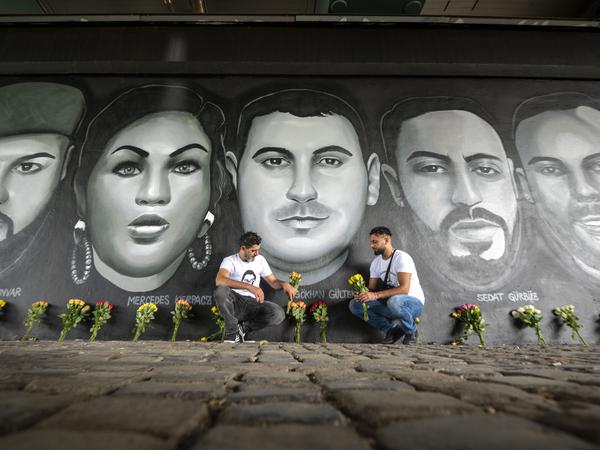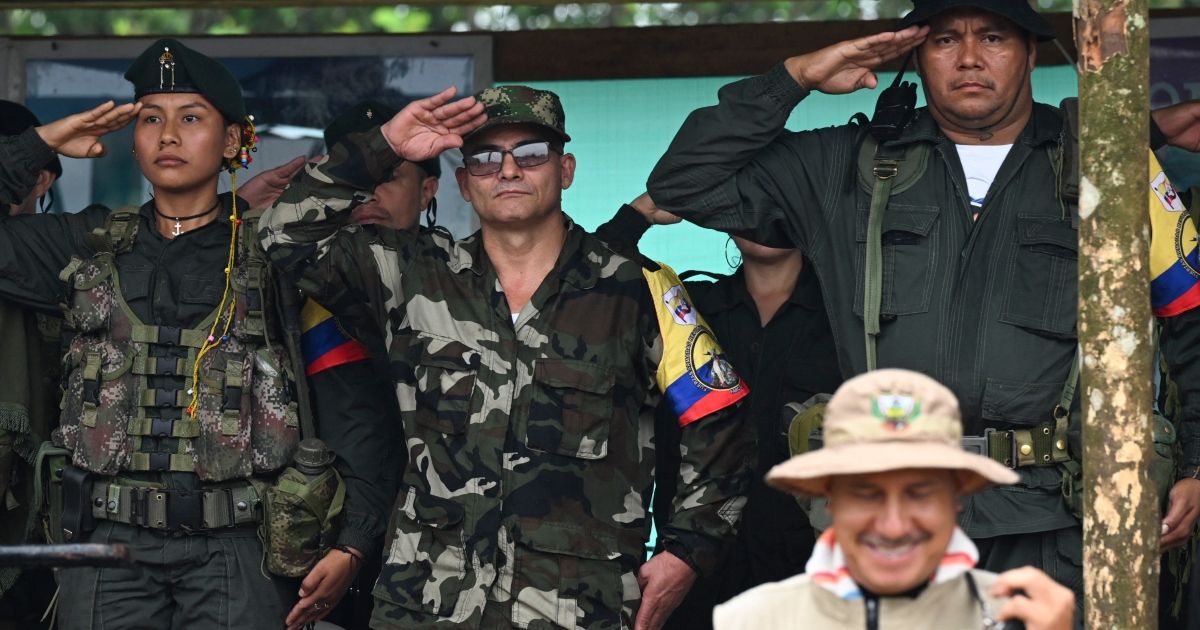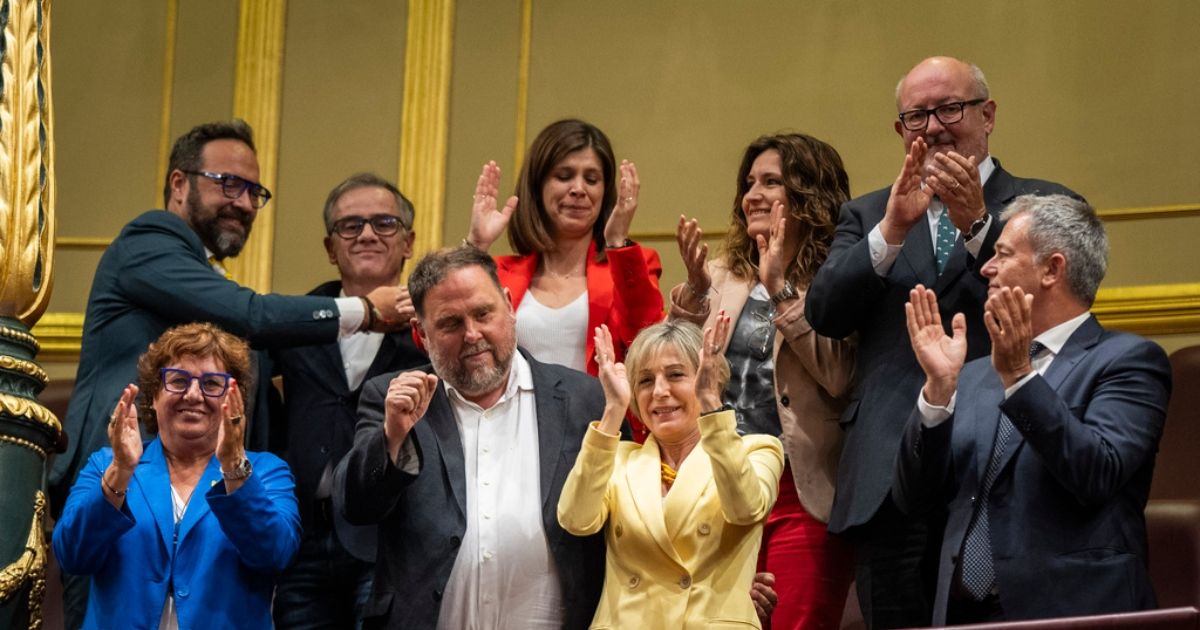Memory. Justice. Enlightenment. consequences. Behind white bars on a black poster, these four words stand one below the other, like a list to be ticked off. Between advertising and concert posters, the demands of relatives of the nine victims from Hanau are stuck on the walls of German cities.
It has been three years since a right-wing extremist killed Gökhan Gültekin, Sedat Gürbüz, Said Nesar Hashemi, Mercedes Kierpacz, Hamza Kurtović, Vili Viorel Păun, Fatih Saraçoğlu, Ferhat Unvar and Kaloyan Velkov on the evening of February 19, 2020.
The names shouldn’t be forgotten, that’s also a demand emblazoned on adhesive foil: #SayTheirNames. The 19 February Hanau Initiative was founded immediately after the attack.

It is the grieving mothers, fathers, siblings and friends who came together. The initiative came just a few days after the fact, because the confidence in the state that had been shaken since the NSU trials was once again disappointed in Hanau. So the bereaved created a parallel place of justice.
The names of the victims have long ceased to stand alone. They are names almost rehearsed to be said during rallies and demonstrations, on social media and in conversations. Not knowing you in those moments is no longer an option. Knowing them is a matter of course and a sign of community: I am part of this movement.
The faces are also remembered
The names and photos of the nine victims are collected on Twitter, Instagram and other social networks. It is often the same photos of those who were shot at the time. The racist motive for the act has long been revealed, the perpetrator left a letter claiming responsibility on the Internet. “Not everyone who has a German passport today [ist] thoroughbred and valuable,” he wrote.
The nine names from Hanau belong to people who lived in Germany, were mostly born and socialized here, but still seem strange, are difficult to pronounce, and challenge the German-speaking tongue. Nevertheless, they should be mentioned again and again.
Memory. Ferhat. Justice. Kaloyan. Enlightenment. Vili Viorel. Words that have been redefined since the attack in Hanau.
The February 19 initiative in Hanau is setting up their website Material available for download. Adhesive foils with the faces and names of the victims. T-shirts, hoodies and gym bags can be purchased in the online shop, the front shows the inscription #SayTheirNames, the back the nine victims.
Perpetrators remain nameless
A new look at the nine people killed. The perpetrator himself remains nameless, his identity is irrelevant except as a racist and perpetrator.
Right-wing extremists primarily aim to make their actions heroic in order to persuade others to imitate them. The Oslo perpetrator, who killed 77 people on the island of Utoya in 2011, has been featured and named several times in both the press and social media. Nobody can probably name a single name of the victims from Oslo today, but most of those who remember the crime know the name of the perpetrator.
Hanau brought about change. The victims, who the perpetrator from Hanau shot as nameless migrants, have become a political symbol of this culture of remembrance. Sedat Gürbüz or Kaloyan Velkov laugh at passers-by in black and white as graffiti. Stickers stuck to traffic lights, in hallways, on the facades of rows of shops.
Everyone should know who Gökhan, Sedat, Said Nesar, Mercedes, Hamza, Vili Viorel, Fatih, Ferhat and Kaloyan were: remember, because we don’t forget either.
To home page


